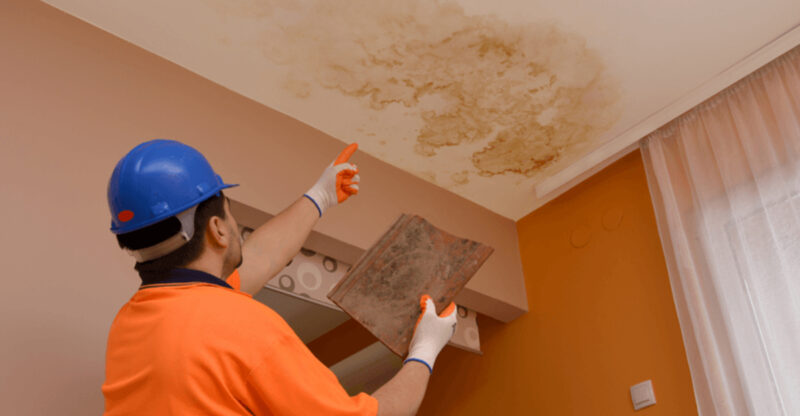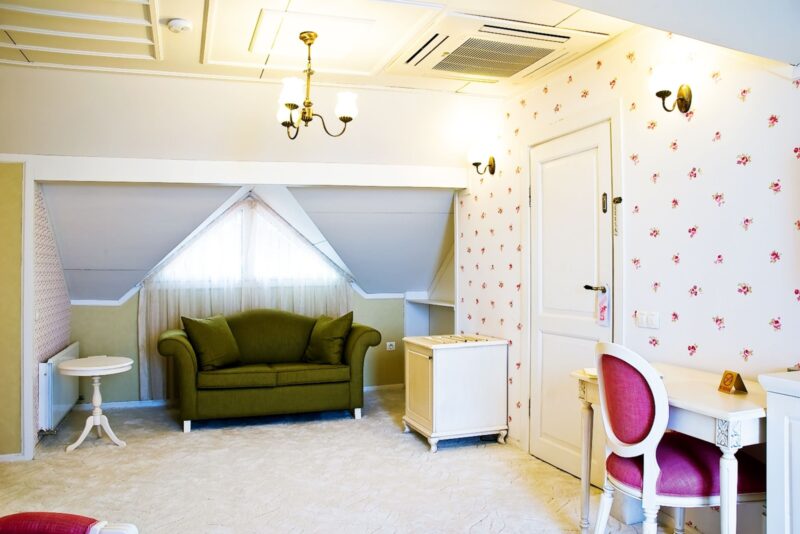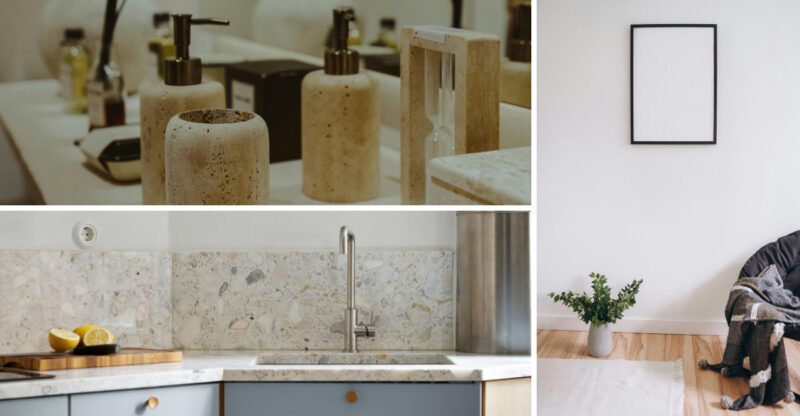18 Kitchen Red Flags That Make New York Buyers Think Twice, According To Designers
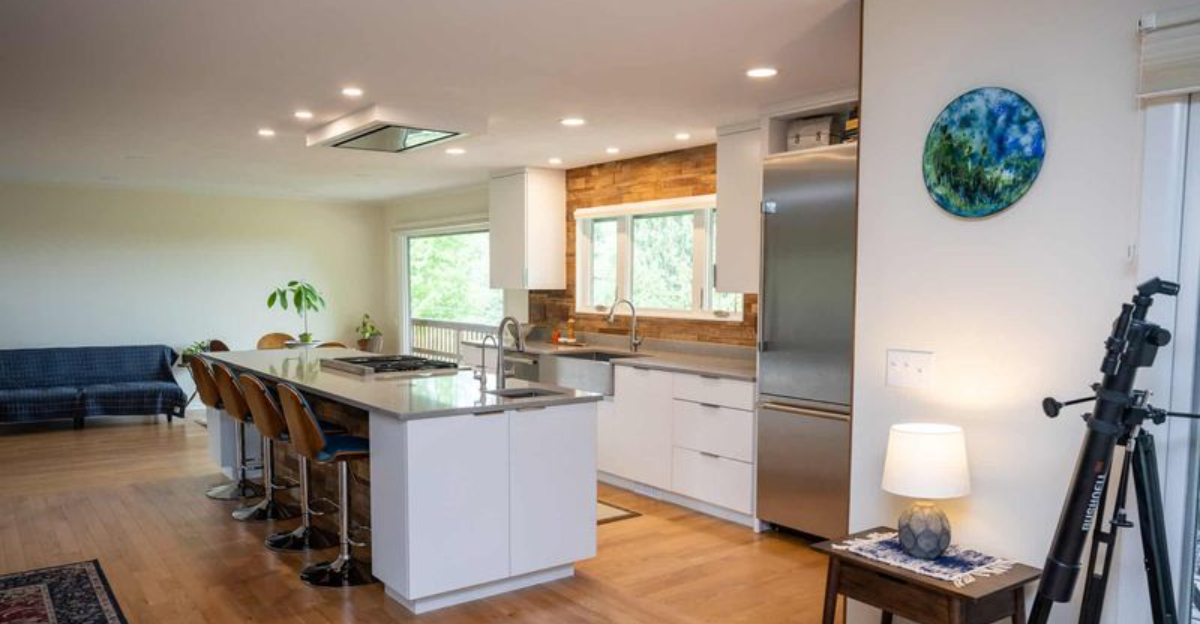
Thinking of selling your New York home? Hold up, before you list that kitchen, you might want to check for some major deal-breakers.
Designers spill the tea on these kitchen red flags that send buyers running faster than a subway train at rush hour. From outdated appliances to awkward layouts, these are the quirks that make buyers say, “No thanks!”
Let’s dig in and turn your kitchen from “meh” to “must-have” faster than a New Yorker grabs a bagel!
1. Outdated Appliances
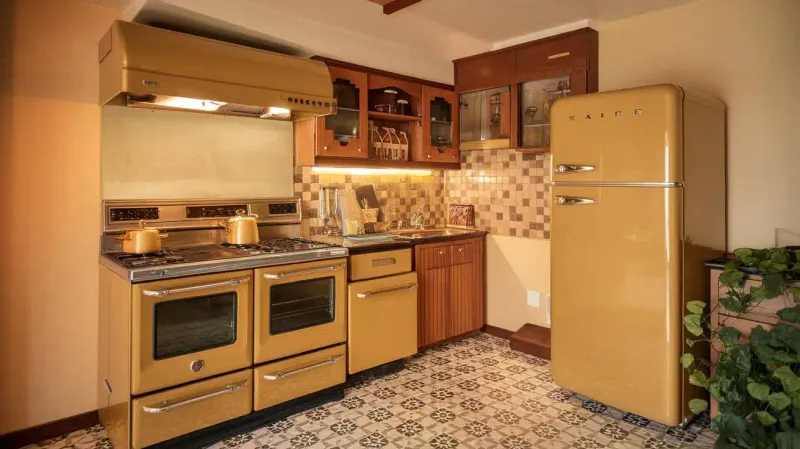
Nothing screams ‘renovation needed’ louder than a harvest gold refrigerator from the Carter administration. Avocado dishwashers and almond stoves aren’t charming vintage touches, they’re energy hogs with replacement parts that went extinct alongside the dodo.
Buyers mentally calculate at least $10,000 for a full appliance upgrade before they’ve even opened the cabinets. Modern stainless steel isn’t just about aesthetics, it signals efficiency and longevity to savvy New Yorkers who count every square inch of their investment.
2. Poor Layout
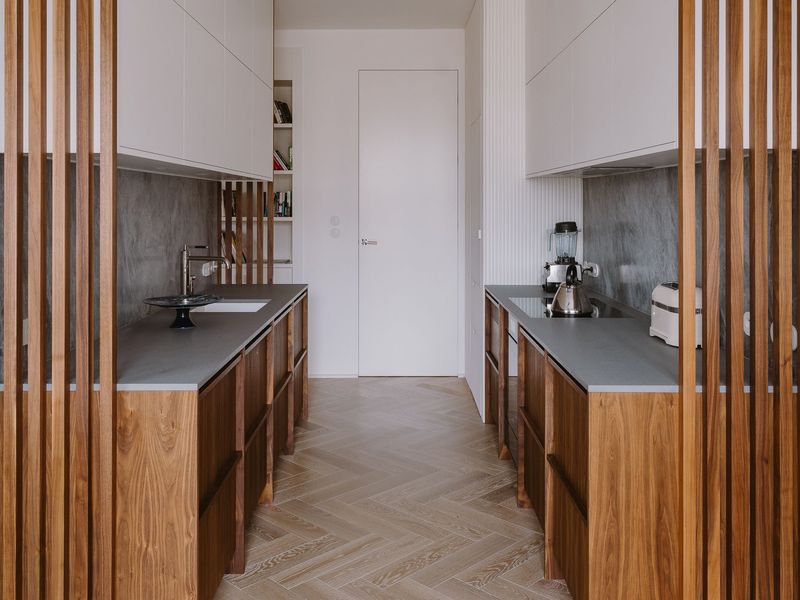
Ever tried cooking in a kitchen where opening the refrigerator blocks the oven door? Workflow nightmares haunt many pre-war New York apartments where kitchens were afterthoughts, not centerpieces.
The classic ‘work triangle’ between sink, stove, and refrigerator should flow naturally. When buyers spot awkward layouts requiring Olympic-level gymnastics just to make breakfast, they immediately picture walls being demolished.
Narrow galleys might be New York standards, but even compact spaces need logical flow.
3. Insufficient Storage
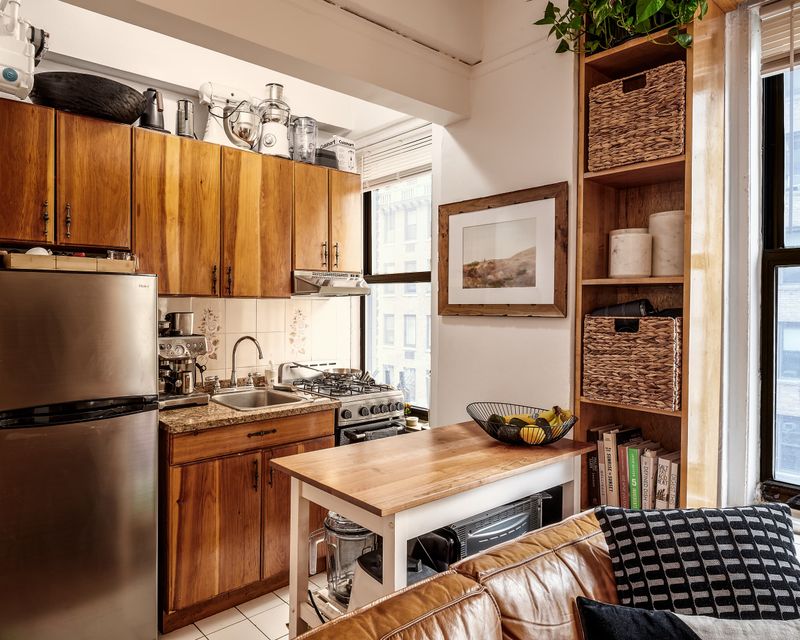
Where exactly would one store a pasta pot in this kitchen? Storage scarcity ranks among top dealbreakers for New York buyers who already face space constraints throughout their homes.
Kitchens lacking upper cabinets, pantry space, or adequate drawers signal immediate renovation needs. Most buyers arrive with collections of specialty appliances, bakeware, and gadgets that need homes.
Even minimalists require proper storage for basics. When cabinet space resembles a game of Tetris where nothing quite fits, buyers quickly calculate renovation costs.
4. Low-Quality Countertops
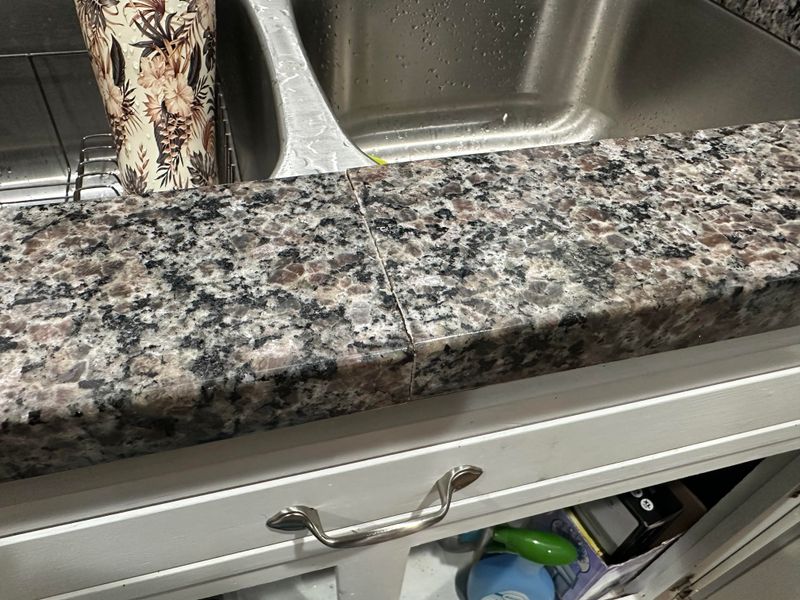
Laminate countertops with visible seams and burn marks tell buyers they’ll be renovating sooner rather than later. Though granite once signaled luxury, today’s discerning New Yorkers often view it as dated as disco.
Countertops take tremendous abuse in busy kitchens. Materials that stain, scratch, or chip easily become ongoing maintenance headaches that nobody wants to inherit. Quartz and marble remain perennial favorites for their durability and clean aesthetic.
Thin, cheap materials that feel hollow when tapped particularly alarm buyers who cook frequently.
5. Bad Lighting
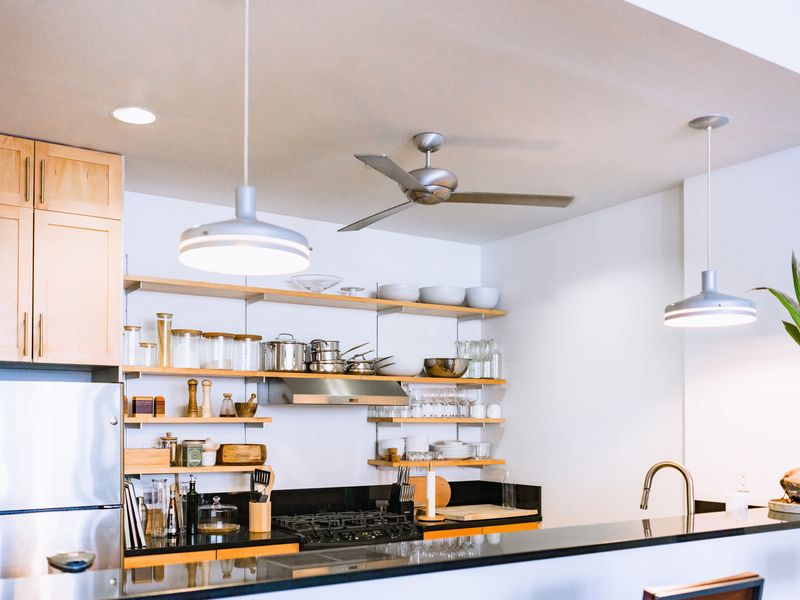
Shadowy food prep areas where you can barely see what you’re chopping spell danger, literally and figuratively. Single overhead fixtures casting harsh shadows make buyers instinctively reach for light switches that don’t exist.
Proper kitchen lighting requires layers, task lighting for work areas, ambient lighting for general illumination, and accent lighting for visual interest. When buyers spot fluorescent box lights or inadequate fixtures, they mentally add thousands to their renovation budget.
New Yorkers especially prize well-lit kitchens since many apartment units lack abundant natural light.
6. Clashing Styles
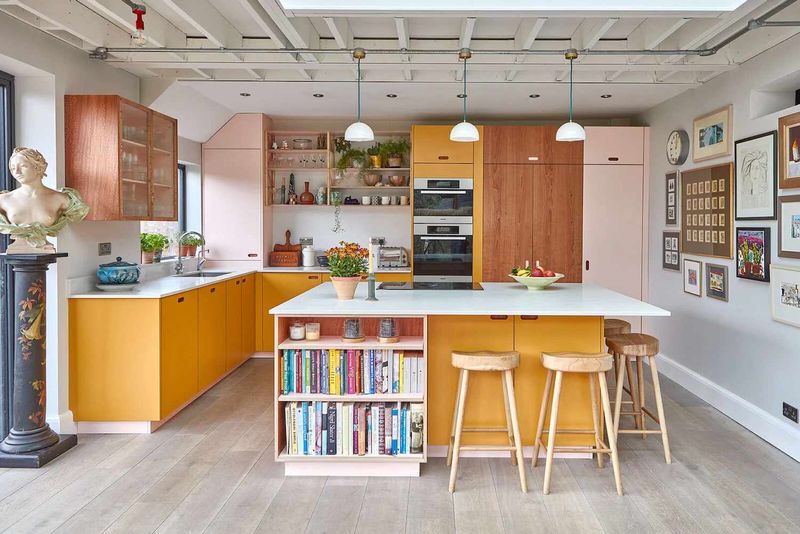
Victorian cabinet pulls with ultramodern appliances? Traditional crown molding above sleek minimalist cabinets? These style mismatches scream ‘partial renovation abandoned midway’ to design-conscious New York home shoppers.
Hodgepodge kitchens result from piecemeal updates over decades, creating visual chaos rather than harmony. Even budget-conscious buyers prefer consistent styling throughout, whether contemporary, traditional, or transitional.
Manhattan and Brooklyn buyers particularly value aesthetic coherence, as kitchen spaces often remain visible from living areas in open-concept apartments.
7. Worn Or Stained Flooring
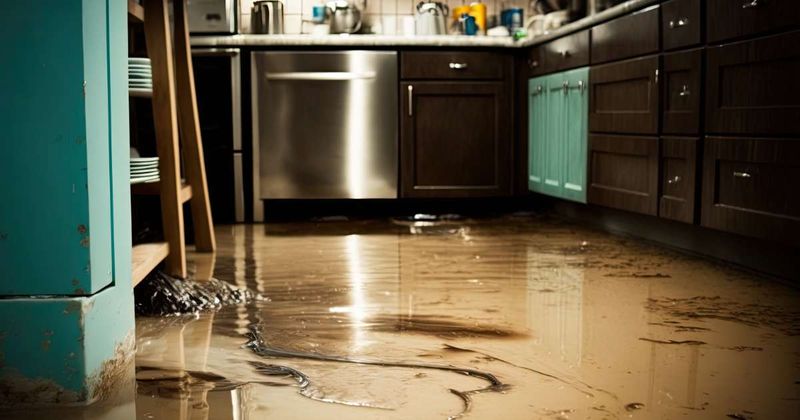
Buckled laminate, cracked tiles, or water-damaged wood floors signal potential horror stories lurking beneath. Flooring issues rarely exist in isolation, they often indicate plumbing problems, structural issues, or previous flooding.
New York home seekers know that kitchen floor replacement becomes exponentially complicated in buildings with strict renovation policies and limited service elevator access. Worn thresholds between rooms particularly concern buyers, as they suggest heavy traffic areas that will continue deteriorating.
Visible water stains near dishwashers or refrigerators raise immediate red flags about appliance integrity.
8. Small Or Nonexistent Kitchen Island
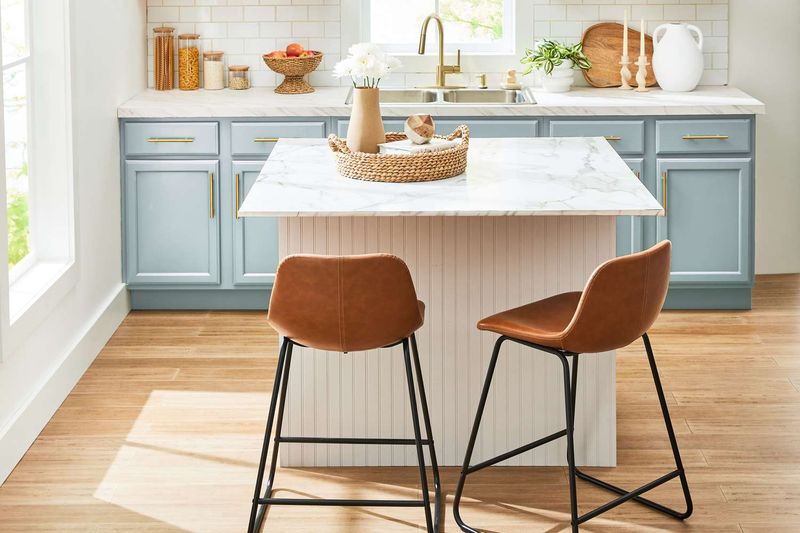
Modern buyers increasingly view islands as non-negotiable features rather than luxury additions. These versatile workhorses provide prep space, casual dining, storage, and social gathering spots all in one footprint.
While space constraints make islands impossible in many New York kitchens, buyers still covet them. Properties lacking islands (or space to add them) often face longer market times.
Undersized islands that can’t accommodate seating or provide meaningful workspace frustrate buyers almost as much as their complete absence. Peninsula alternatives rarely generate the same enthusiasm among contemporary purchasers.
9. Inefficient Ventilation
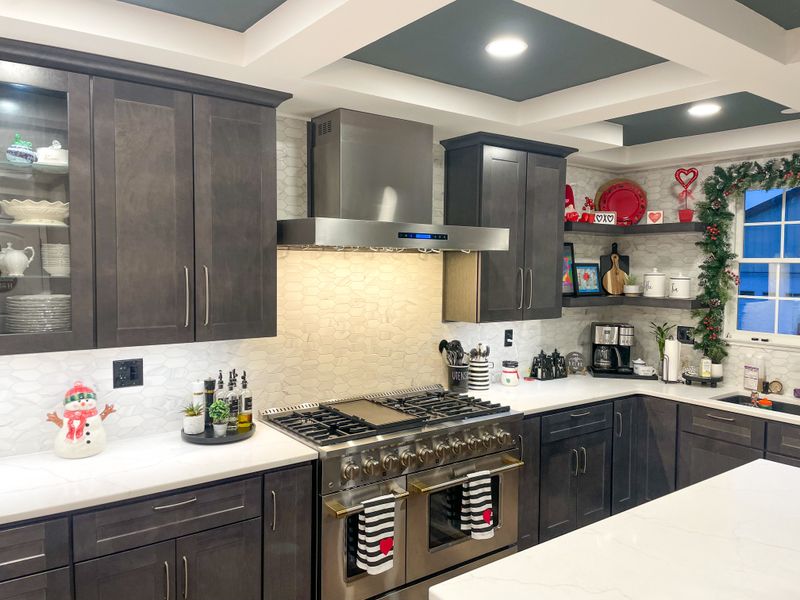
Grease-stained walls and lingering cooking odors tell prospective buyers everything they need to know about ventilation failures. Recirculating hoods that merely filter rather than exhaust air outside particularly concern serious cooks.
New York apartments present unique ventilation challenges due to building regulations and physical constraints. Properly vented range hoods require building approval and often extensive ductwork modifications.
Home hunters immediately recognize the telltale signs of poor ventilation, sticky residue on surfaces and cooking smells that permeate adjacent rooms. Microwave-hood combinations rarely provide adequate extraction for enthusiastic cooks.
10. Unattractive Backsplash
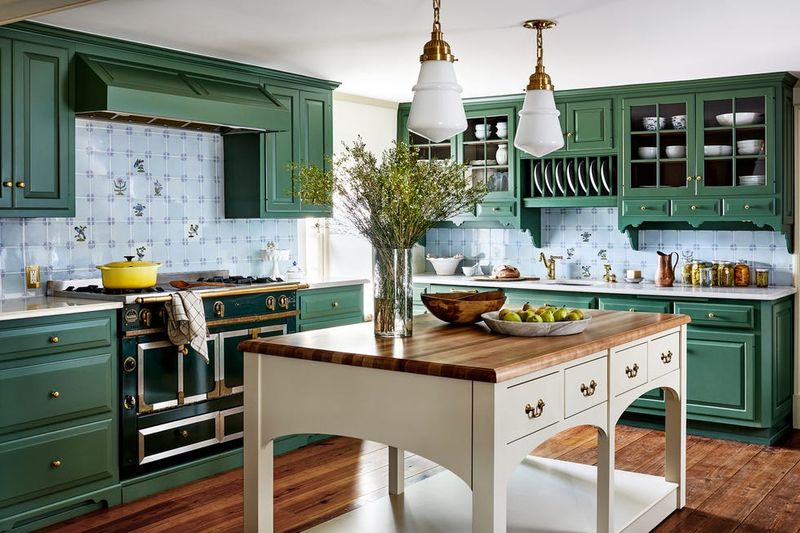
Dated ceramic tiles featuring fruit baskets, country motifs, or 4×4 pastel squares immediately transport buyers back to less fashionable decades. Backsplashes occupy prime visual real estate in kitchens, making outdated designs particularly jarring.
Grimy grout lines between tiles signal cleaning nightmares that new owners inherit. While backsplashes can be relatively straightforward to replace, they’re often installed after countertops, making standalone updates complicated.
Modern New York home shoppers generally prefer clean, simple backsplashes that complement rather than dominate the kitchen’s visual landscape.
11. Limited Counter Space
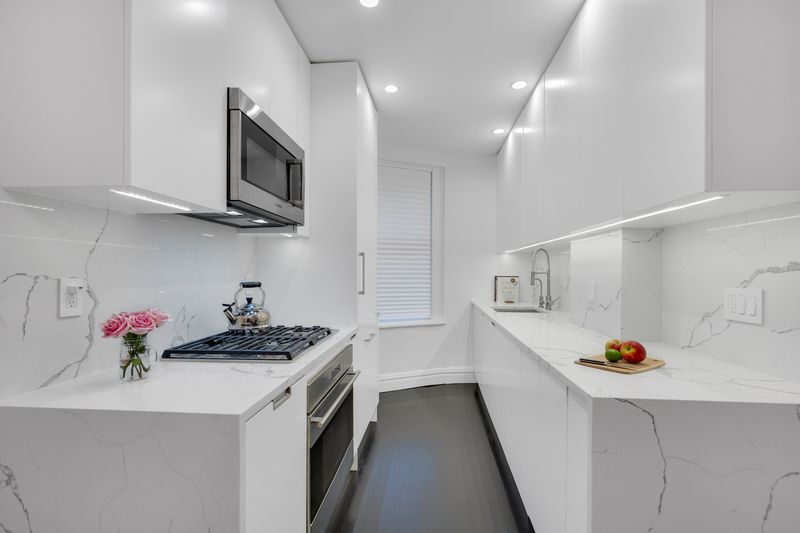
Struggling to find enough counter space to prep a meal in your New York kitchen? Tiny work surfaces make even the simplest cooking tasks feel like a challenge.
In the city where space is king, every inch of countertop counts. Home seekers instantly spot kitchens that barely fit a cutting board, and that’s a red flag for serious functionality issues.
With all the must-have gadgets like coffee makers and stand mixers, having enough landing spots near the fridge and stove isn’t just a nice-to-have. It’s a must for any home chef!
12. Open Shelving Overload
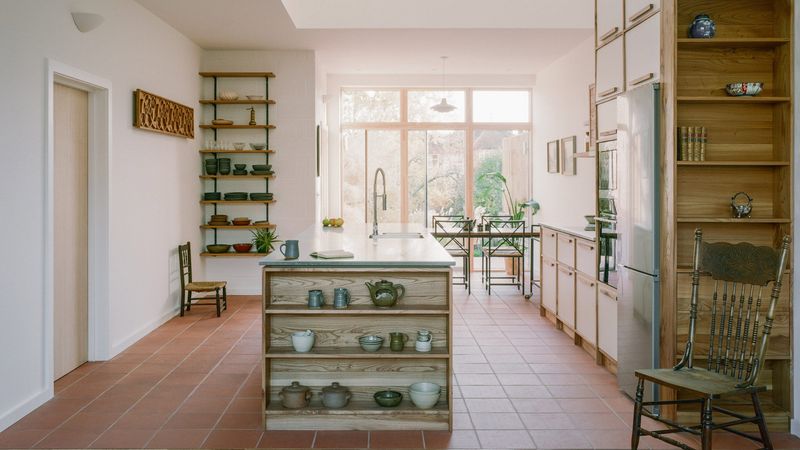
Those Pinterest-perfect open shelves look charming in professionally styled photos but spell maintenance nightmares in real New York apartments. Dust accumulation becomes a weekly battle in a city famous for its particulate matter.
Practical buyers immediately recognize that open shelving requires constant curation and cleaning. Without doors to hide everyday clutter, kitchens demand magazine-worthy organization at all times.
New York’s notorious lack of storage makes closed cabinetry particularly valuable. While a few strategic open shelves add character, kitchens featuring only exposed storage make buyers mentally calculate cabinet installation costs.
13. Poorly Placed Electrical Outlets
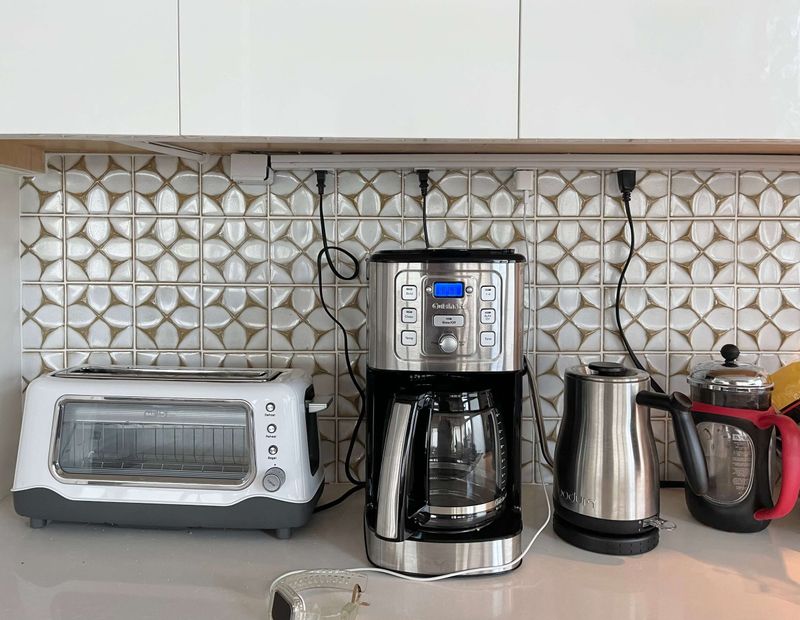
Nothing frustrates home cooks more than discovering there’s no place to plug in appliances where they actually use them. Older New York kitchens often feature baffling outlet placements that defy logical workflow.
Modern kitchens require abundant power sources for countertop appliances, charging stations, and specialty tools. People immediately notice kitchens lacking outlets above countertops or inside pantries for charging cordless vacuums and similar tools.
Electrical upgrades in pre-war buildings often involve opening walls, making simple outlet additions surprisingly complex and expensive renovations.
14. Cheap Or Broken Fixtures
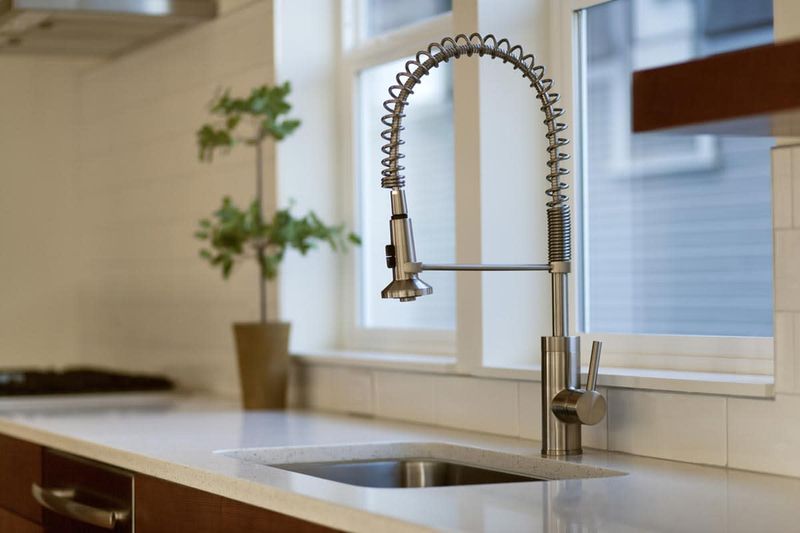
Wobbly faucets, mismatched cabinet hardware, and plastic sink basins broadcast cost-cutting corners that make potential residents wonder what else was cheaply done. Fixtures function as kitchen jewelry, they should enhance rather than detract from the space.
Builder-grade chrome faucets with plastic handles particularly alarm sophisticated New York buyers. Cabinet doors hanging askew or drawers that stick when opened signal deeper quality issues throughout the home.
While fixture replacements seem simple, coordinating finishes across appliances, lighting, and hardware requires thoughtful investment that budget-conscious sellers often overlook.
15. Lack Of Natural Light
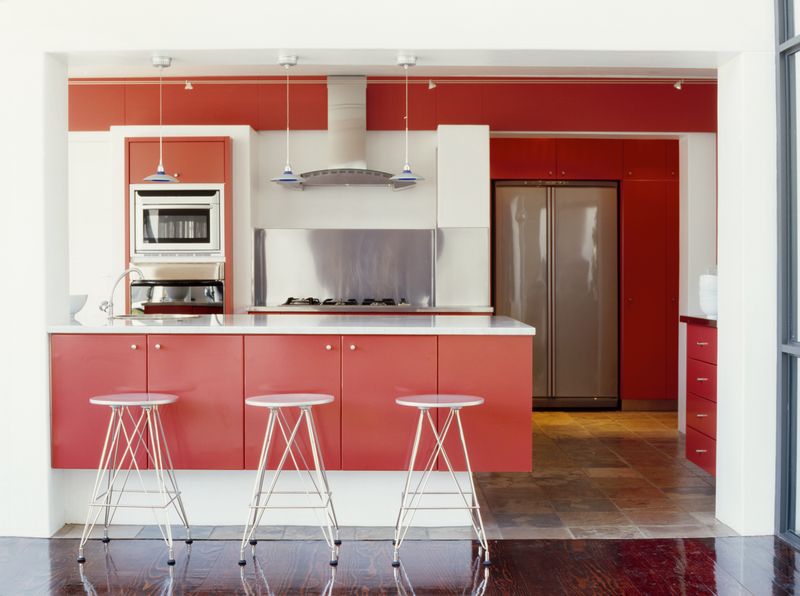
Cave-like kitchens without windows make buyers instinctively reach for light switches. Natural light transforms cooking spaces from utilitarian work zones into inviting gathering places.
New York apartments often struggle with limited exterior walls for windows, making kitchens particularly vulnerable to darkness. Smart sellers compensate with layered artificial lighting, but buyers still prize natural illumination that no fixture can truly replicate.
Window-less kitchens particularly concern buyers who understand the psychological benefits of daylight during meal preparation and its practical advantages for accurate food color assessment.
16. Non-Functional Layout
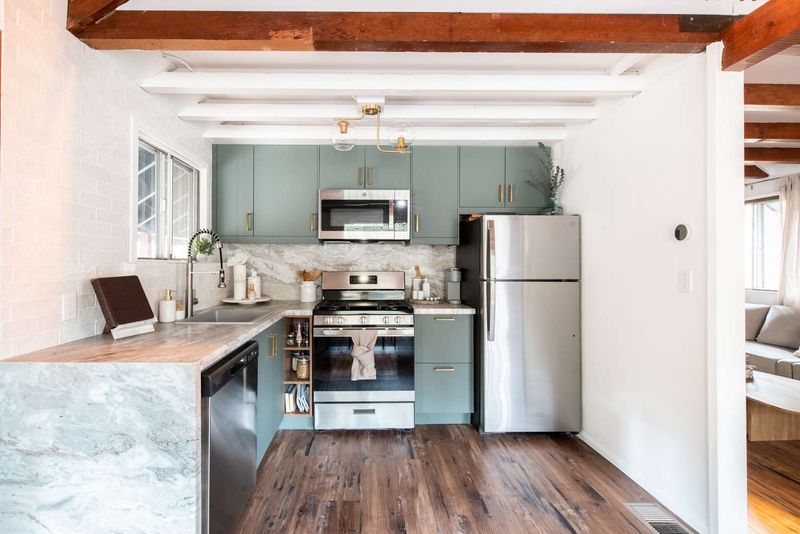
Refrigerators awkwardly placed across the room from prep areas. Dishwashers that can’t fully open without hitting something. These spatial relationship failures immediately signal renovation needs to savvy New York home hunters.
Even beautiful finishes can’t compensate for kitchens that fight against natural workflow. Appliance placement should follow logical sequences that support cooking processes.
When people spot dysfunctional arrangements, they mentally calculate not just renovation costs but also the complexity of moving plumbing and electrical connections in strict co-op buildings.
17. Inconsistent Flooring Transitions
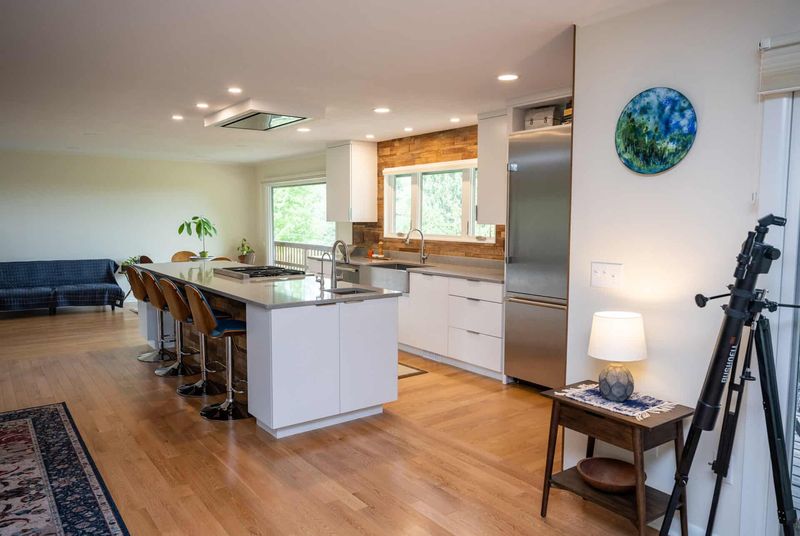
Notice how sudden changes in flooring materials between the kitchen and nearby rooms can feel like a visual speed bump? Sharp transitions aren’t just an eyesore, they can also be a real trip hazard that savvy New Yorkers pick up on right away.
Differences in floor height raise safety concerns and even ADA compliance issues, making these changes more than just a style slip-up. While distinct kitchen floors used to help define spaces, today’s designs favor smooth, continuous flooring that keeps the flow going.
Clashing wood tones or wild pattern mixes? They often scream “last-minute makeover” instead of a polished design plan.
18. Hidden Or Inaccessible Storage
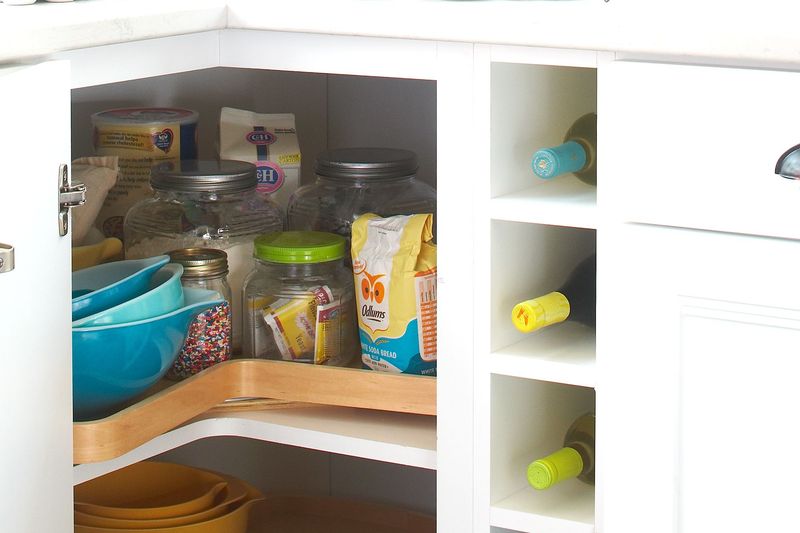
Corner cabinets where items disappear into black holes. Drawers too shallow to hold standard utensils. These storage fails immediately frustrate organization-minded New York buyers who need to maximize every inch.
Smart storage solutions rank among top priorities in space-challenged urban homes. Smart home seekers quickly assess whether kitchen storage actually functions efficiently or merely looks adequate at first glance.
Cabinets without pull-outs or organizers particularly disappoint contemporary purchasers. They’re accustomed to specialized storage for everything from spices to recycling bins.


